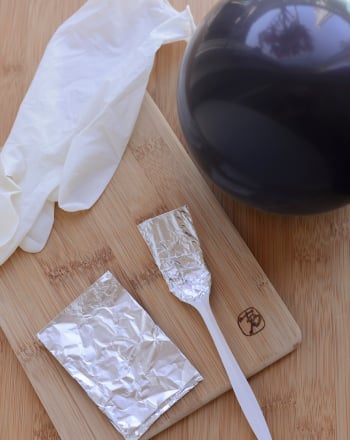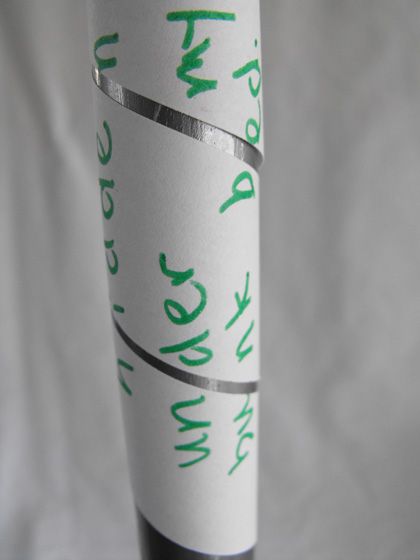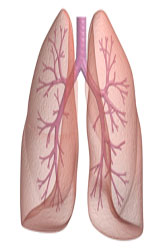Activity
How to Make a Cartesian Diver
Ever wondered how a submarine can control when it rises and sinks in the water? Build a Cartesian diver to find out! Named after French philosopher and physicist René Descartes, this classic science experiment is a great way for kids to see the principle of buoyancy at work. And with such a simple set-up, it's a fun and inexpensive way to dive into physics!
What You Need:
- Empty plastic 2-liter soda bottle and cap
- Several unopened packets of soy sauce or ketchup
- Drinking cup
- Water
What You Do:
- Start by asking your child to form a hypothesis, or best guess, on how she can get the packet to sink in the bottle and why that method will work. Forming a hypothesis is one of the first steps in the scientific method.
- Ask her to fill up the plastic bottle with water, leaving a few inches of space at the top.
- Before placing a packet in the bottle, test out your packets to find one with an ideal amount of air inside. Fill the drinking cup about 3/4 full with water and place a few packets inside. Some may sink to the bottom, while others float at different levels. Look for one that just barely floats above the water line. You may have to try several packets before you find one that works.
- Have her fold the chosen soy sauce packet and insert it into the bottle. Fill the bottle with water all the way to the top and help her screw the cap on hard and tight.
- Have her watch as you squeeze the sides of the bottle. (Adult hands can create more pressure than younger hands.) See the packet sink to the bottom! Let go of the bottle and watch the packet rise back to the top.
- Discuss what happened to the soy sauce packet. Explain to her that the contraption she made is called a Cartesian diver. The sauce packet is the "diver". It has a small air bubble inside it that causes it to float in water. When you squeeze the bottle, however, pressure inside the bottle increases, compressing the air bubble inside the packet and causing the packet to sink (see below for a more detailed explanation).
- Ask her to repeat her hypothesis. If she guessed anything about air pressure, congratulate her on a job well done. If her hypothesis was incorrect, reassure her that scientists guess wrong all the time. That's why they have to experiment!
What's Going On?
According to the principle of buoyancy, when an object's weight is less than the weight of the water it displaces, it floats. In this experiment, the density of the soy sauce packet is offset by the low density of the small air bubble inside it, causing it to float. When you squeeze the bottle, however, the increased pressure causes the air bubble to shrink, increasing its density. Since the air bubble is now too dense to keep the packet buoyant, the packet sinks to the bottom.
Fish and submarines use a similar method to rise or sink in the water. Fish have a small air sac in their bodies that they can compress or release, and submarines have buoyancy tanks. Filling a submarine's buoyancy tank with air causes it to rise, and filling it with water causes it to sink.
Related learning resources















